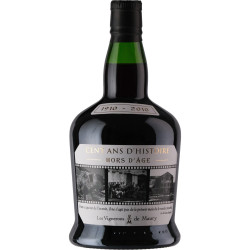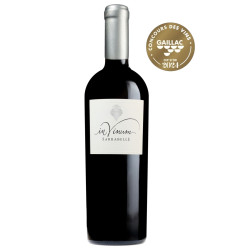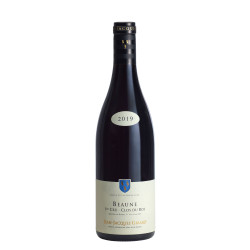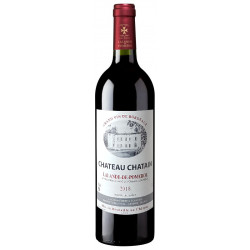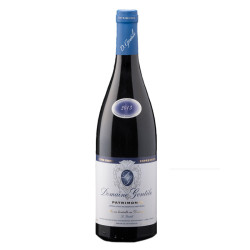Free delivery on purchases of €150 or more per winegrower in France and €250 in Europe (excluding United Kingdom)
Free delivery on purchases of €150 or more per winegrower in France and €250 in Europe (excluding United Kingdom)
-
- Great Offer
-
Our wines
-
-
By colors
-
All the wines
-
-
-
All Regions
-
-
-
-
Our organic & natural wines
-
-
Our Champagnes & Spirits
-
-
All Champagnes
-
-
Spirits
-
All the spirits
-
-
-
Our winemakers
-
-
-
winemakers
-
-
-
Our advice
-
-
Find your wine
-
-
-
- Our commitment !
-
- Great Offer
-
Our wines
-
-
By colors
-
All the wines
-
-
-
All Regions
-
-
-
-
Our organic & natural wines
-
-
Our Champagnes & Spirits
-
-
All Champagnes
-
-
Spirits
-
All the spirits
-
-
-
Our winemakers
-
-
-
winemakers
-
-
-
Our advice
-
-
Find your wine
-
-
-
- Our commitment !
The Sommelier's Tips
What are the characteristics of aged wines ?

What Are the Characteristics of Aged Wines?
An aged wine, or a long-aging wine, is a wine that can be kept for many years with the goal of developing its aromatic profile. Under proper storage conditions, a wine with strong aging potential can be kept for many years, sometimes over 20 years, to soften its tannins (in the case of red wines) and develop highly sought-after tertiary aromas for their complexity (both white and red wines). However, not all wines age well, and in some cases, too long of an aging period can lead to the decline of the wine. To stock your cellar with aging wines, look for wines with high acidity and powerful tannins for reds, and wines with high acidity and significant residual sugars for whites. How can you identify these aging wines to open a bottle in several years?
The Grape Variety
The first variable to consider is naturally the grape variety used. For red wines, grape varieties rich in tannins and acidity will have a greater tendency to age well. Varieties such as Cabernet Sauvignon, Syrah, Malbec, and Tannat have thick skins rich in flavors and tannins. On the other hand, Pinot Noir, Gamay, and Cinsault have smoother tannic structures and are generally less suitable for aging. For white wines, look for high acidity coupled with aromatic richness. Chardonnay and Sauvignon Blanc are among the most renowned aging grape varieties. Grape varieties with high sugar content can also age well, such as Riesling or Chenin Blanc, with sugar acting as a preservative.
The Terroir
However, great Burgundy red wines, which are made from Pinot Noir, have excellent aging potential. Other factors are therefore important, with terroir and specifically the soils being crucial. The denser the soil, the more concentrated the water and nutrients will be. Vines can then nourish themselves more intensely, which is reflected in the tannin and sugar content of the grapes. Clay, limestone, or clay-limestone soils are known for producing round, supple, and powerful wines with body, making them more suitable for aging. In contrast, lighter soils—called siliceous and composed of gravel, sand, or granite sands, for example—filter more water and produce finer, airier wines that are more suited for quick consumption. Additionally, the slope of the land will also impact the wine, as water tends to accumulate more in mid-slopes, offering better aging potential.
The Vintage
Not every year is the same. In the wine market, good vintages are often sold at a premium precisely for this reason. They have the ability to age well and offer a complex taste to wine enthusiasts, and an interesting profit for wine investors. A good vintage is a year where the weather and climate were ideal for the vine. A great year starts in winter, where the cold should be sufficient to allow the vine to regenerate away from parasites but not too extreme to avoid frost. Spring should then be mild and sunny to nourish the vine's growth and flowering, with measured rainfall. Summer should provide the necessary sunshine to nourish the vine through photosynthesis and supply the fruit with the needed sugars. Finally, autumn rains should be reasonable to allow for harvesting without the risk of mold. This helps to understand why a good vintage is worth its weight in gold!
The Winemaker's Craft
Wine is a collaborative effort between man and nature. The winemaker's role is crucial in producing aging wines. Once the grapes are harvested, the winemaking methods used will influence whether the wine is suitable for aging.
The first important step is fermentation, the process where grapes ferment in their juice. The longer the grapes are left in contact with the juice, the more robust the tannic structure extracted from the berries will be, which is favorable for aging. Conversely, a short fermentation will result in a fresh, light wine meant for immediate consumption.
Then, the same rule applies to aging. The longer the wine is aged, the more resistant it will be over time. This is even more true when aging occurs in wooden barrels, as the wine is exposed to wood tannins and oxidation. This makes the wine more resistant and tannic, allowing it to age and develop complex aromas.
Finally, the addition of sulfites—controversial with the rise of organic and natural wines—also helps to strengthen the wine, allowing for a longer shelf life.
Our nuggets
Related articles
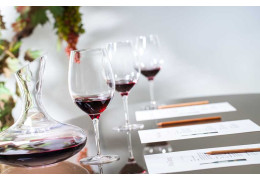
Oenology: How to Interpret a Wine's Color ?
Wine is perceived through three senses, in this order: sight, smell, and tas...
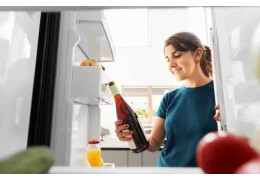
Putting Your Wine in the Refrigerator: Is It a Good Idea ?
Storing wine in the refrigerator is a sensitive topic for wine enthusiasts.
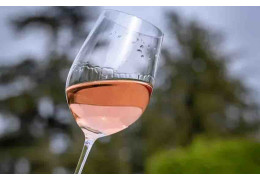
How to Choose the Right Rosé Wine ? All Our Tips
The Rosé Season is Here! Terraces, barbecues, gourmet meals, picnics wit...
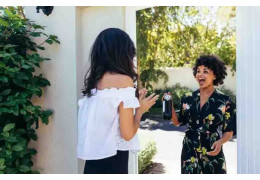
What wine to bring when you're invited ?
Every time, the same question arises: what wine to bring...

